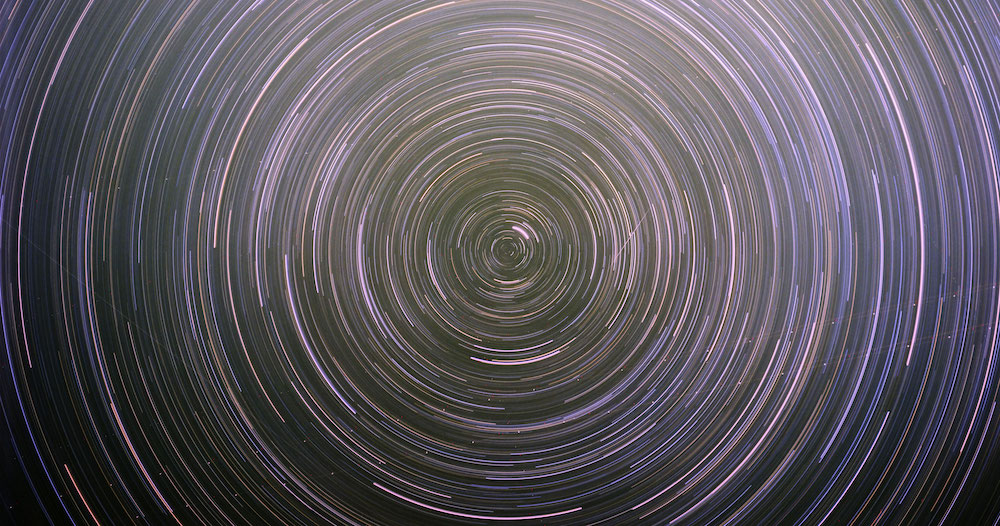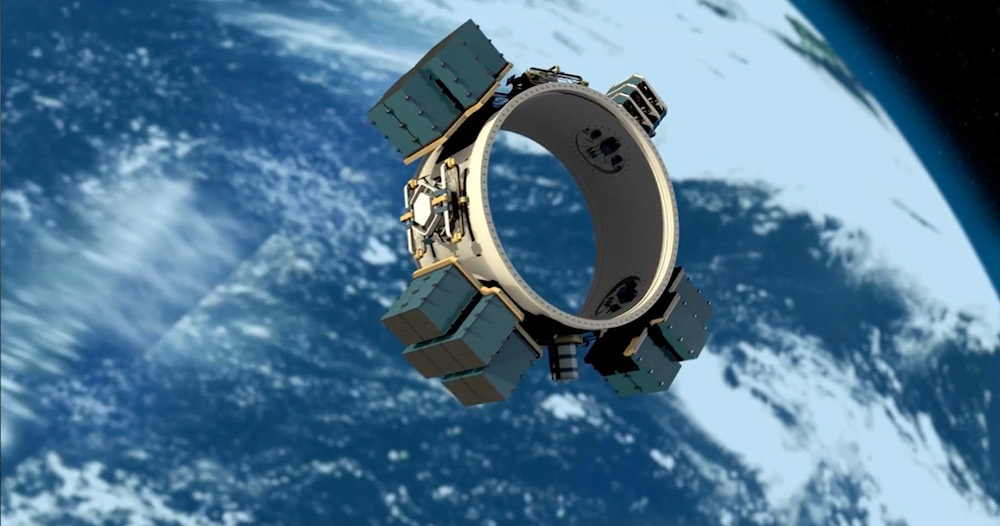
At 10:34 a.m. on December 3, 2018, the SpaceX Falcon 9 rocket launched from Vandenberg Air Force Base in California. Two hours later, 350 miles above Earth’s surface, it released 64 satellites into orbit for the largest satellite launch in US history. One of those, Orbital Reflector, will be the first “purely artistic” object in space.
“When we look up into the starry night sky, we tend to see reflections of ourselves.”

Orbital Reflector is the work of Trevor Paglen, an artist, geographer, and author who investigates experimental geography, state secrecy, and mass surveillance. Co-produced with the Center for Art + Environment at the Nevada Museum of Art, the satellite is a provocation to consider the geopolitics of space. There are at least 500 satellites in low-Earth orbit for commercial and military uses. Orbital Reflector, with an artistic mission, proposes that space itself is public space.

The satellite has not yet been activated, however, as a result of the US government shutdown of 2018-2019. A division of the Air Force must identify and track each satellite, and subsequently, the FCC and other space-related authorities must coordinate deployment. Several months after launch, operations are still delayed and Orbital Reflector is on hold for government clearances.

When Orbital Reflector is deployed, a brick-sized object will open and release a 30-meter diamond-shaped sculpture. It is constructed of polyethylene and coated with reflective titanium dioxide powder that will reflect sunlight, making it visible from Earth as a bright, artificial star. It is expected to orbit for at least eight weeks, traveling around the planet every 90 minutes, before burning up upon reentry into the atmosphere.
A related exhibition, Trevor Paglen: Orbital Reflector, is on view at the Nevada Museum of Art through May 12, 2019. Trevor Paglen: Sites Unseen is on view at the Museum of Contemporary Art San Diego through June 2, 2019. Orbital Reflector can be viewed in the Star Walk 2 app and will be recognized by satellite tracking applications after the Air Force assigns a NORAD ID number.
“Orbital Reflector is a work of aerospace engineering for aerospace engineering’s sake.”